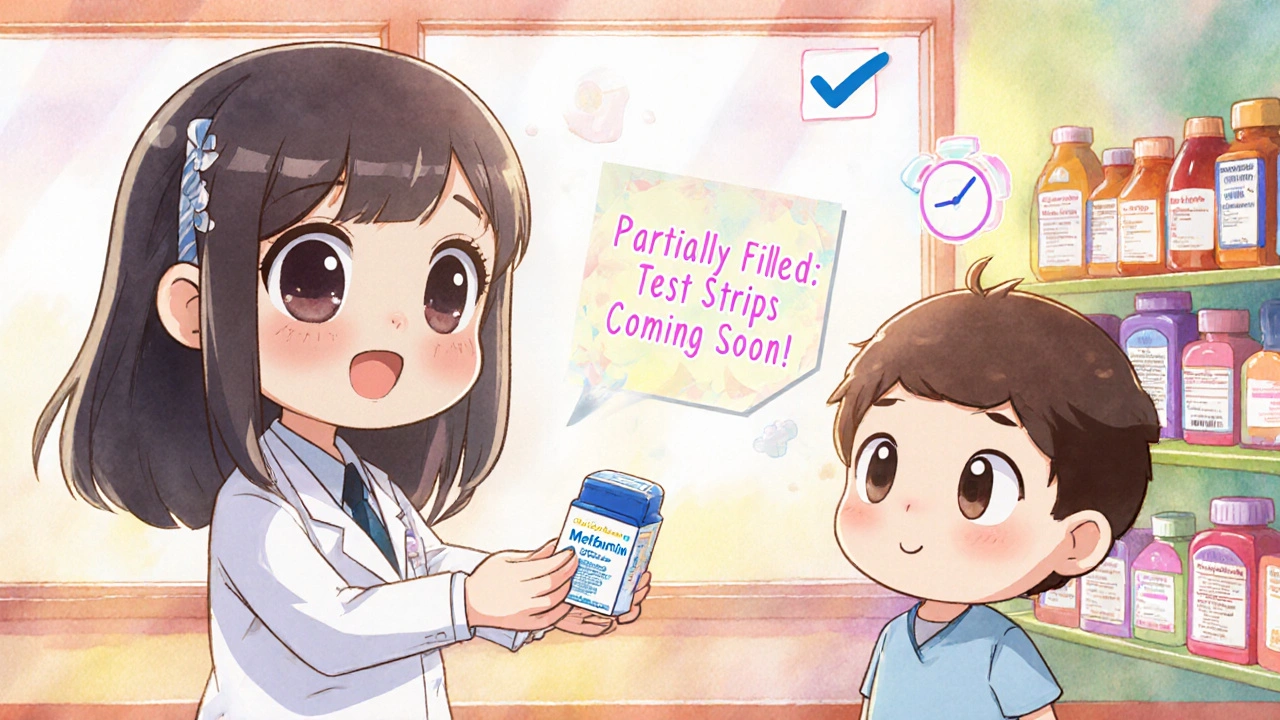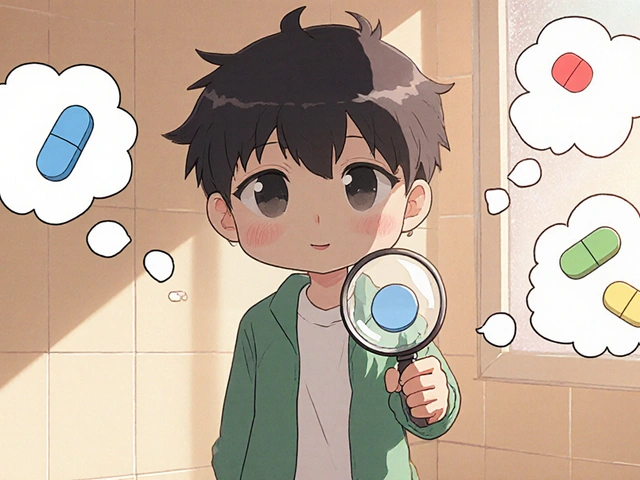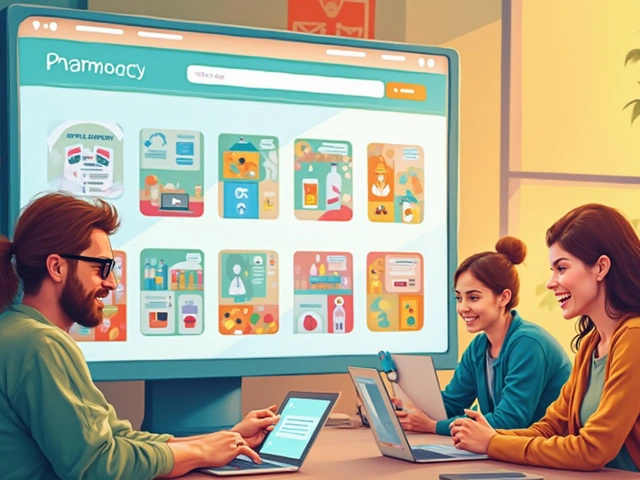Dispensing Errors: What They Are, Why They Happen, and How to Stop Them
When a pharmacist hands you the wrong pill, the wrong dose, or the wrong label, that’s a dispensing error, a mistake made during the final step of getting a prescription to a patient. Also known as medication errors, these aren’t just paperwork glitches—they’re life-threatening risks that happen more often than you think.
These errors don’t just come from tired staff. They’re often caused by similar-looking drug names, confusing packaging, rushed workflows, or poor communication between doctors and pharmacies. A patient might get metformin instead of metoprolol. Or 10mg instead of 1mg. Or a label that says "take once daily" when it should be "twice daily." These aren’t rare accidents. Studies show that dispensing errors affect at least 1 in every 100 prescriptions in the U.S., and many go unreported because no one gets hurt—right away.
It’s not just the pharmacy’s job to prevent these mistakes. Patients play a role too. If you don’t check your pill count, ignore the label, or don’t ask questions when something looks off, you’re missing a critical safety layer. That’s why so many posts here focus on real-world fixes: how to spot a wrong label, why you should always compare your pill color to the last refill, and how to use the pharmacy’s patient portal to catch errors before they reach you. You’ll also find guides on how pharmacist-led care, a model where pharmacists actively review patient meds for safety and interactions reduces errors by up to 40% in clinics. And you’ll see how medication storage, keeping drugs in proper conditions ties into this—because if humidity ruins a pill’s coating, the dose becomes unpredictable, which is another kind of error.
What you’ll find below aren’t just theory pieces. These are real stories from hospitals, community pharmacies, and patient forums—cases where a typo in a digital prescription led to a child getting an adult dose, or where a generic substitution caused a seizure because the patient was sensitive to a filler. You’ll read about how drug safety, the practice of ensuring medications are used correctly from prescription to consumption isn’t just about the drug itself—it’s about the whole chain. From the doctor’s handwriting (or lack of it) to the barcode scanner that failed to read the label. From the patient who didn’t know to ask about the difference between insulin types to the pharmacy tech working a double shift after a 12-hour night.
This isn’t about blaming anyone. It’s about building better systems—and knowing how to protect yourself while those systems improve. The posts here give you the tools: how to read a prescription label like a pro, what questions to ask before leaving the counter, and how to report an error if you spot one. You’ll learn why some drugs are more prone to mix-ups than others, how electronic prescribing helps (and sometimes hurts), and why even the best pharmacies still make mistakes under pressure. The goal? To make sure the next time you walk out with a prescription, you’re not just holding medicine—you’re holding peace of mind.
How to Handle Partial Fills and Back-Orders Without Errors in Pharmacy Operations

Learn how to manage partial fills and back-orders in pharmacy settings without causing dispensing errors. Practical steps for inventory, communication, billing, and staff training to keep patients safe and satisfied.
read more


